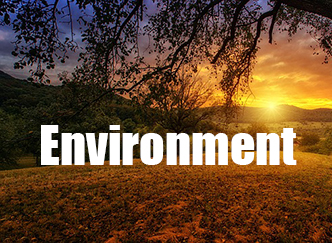By Winona LaDuke
I want a system which works, after all, the US likes to tell everyone in the world how to govern and it would be great if a regulatory and governance system worked in Minnesota. At the least. The Minnesota Department of Commerce (DOC) says Enbridge’s new pipeline 3 is not needed based on sound economic and environmental analysis.
Administrative Law Judge Anne O’Reilly (ALJ), after almost 70,000 witnesses and as much paperwork, says that Enbridge does need to retire the aging Line 3, but not replace it in the proposed new corridor. If the system works, at the end of June the Public Utilities Commission will recommend against the so called “preferred route” of Enbridge and not issue a Certificate of Need.
That would be awesome.
The ALJ also found that the permit, if granted, should be in the present corridor. The Judge noted clearly that she could not order sovereign tribes to grant an easement. This is a problem for Enbridge, as a quarter of the line crosses Leech Lake, Red Lake and Fond du Lac reservations, and more crosses treaty territory.
As Judge O’Reilly notes, “To give Applicant the right to place and, thereafter, maintain Existing Line 3 (and five other pipelines) on the Leech Lake and Fond du Lac Reservations, both Tribes had to voluntarily execute a grant of easement for right-of-way to Applicant. An evaluation of those easement agreements – and the current sentiment among tribes about pipelines running through tribal property – shed light on why Applicant has chosen to pursue a new route for Existing Line 3 outside of the Mainline corridor. It also brings into question whether Applicant will be required to remove Existing Line 3 from the Reservations if the Commission allows the line to be abandoned in-place, as proposed. Moreover, it begs the question of what will happen in 2029 when the existing easements for these six pipelines in the Mainline corridor expire…”
The Leech Lake Tribal government has been adamant about the opposition to the routing of the pipeline in the old corridor; and the Red Lake Band has asked the company to remove pipes illegally trespassing on tribal trust land. This leaves Enbridge in a legal and policy conundrum. Enbridge has proceeded with extreme confidence and placed all corporate eggs in one basket – a new route.
Enbridge, the third largest corporation in Canada, wants to abandon the first of six pipelines in place, and guarantee oil contamination in new watersheds. They’ve spent $5 million in lobbying the PUC, and have just won a court ruling in Minnesota which will allow Enbridge to recover upwards of $50 million from poor northern counties, like Clearwater and Red Lake, who now owe more than they pull in annually in taxes.
In the meantime, the company does not want to clean up $ 1 billion plus in the old Line 3; nor is the corporation liable for any catastrophic spills; that’s in the small print, in the Administrative Law Judge Report.
Then there’s the $30 million in possible extra police costs; that’s what it cost North Dakota to fire on Water Protectors. Expensive. Icing on the cake: the Husky Oil Refinery explosion was Enbridge oil. Two hundred feet away from the exploding tank was the hydrogen fluoride tank. If that had exploded the gas could have killed most of the residents of Duluth and Superior.
In short, if the system works there will be no imminent domain for a Canadian corporation, and our water and people will be protected. I would like the system to work.







